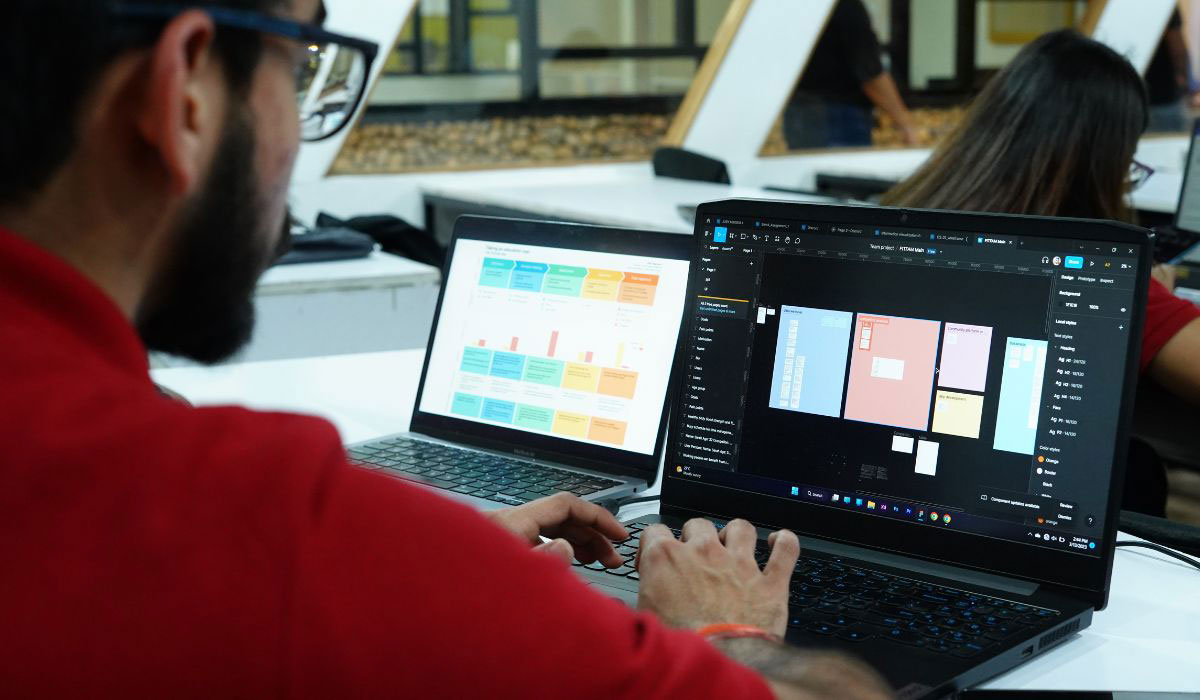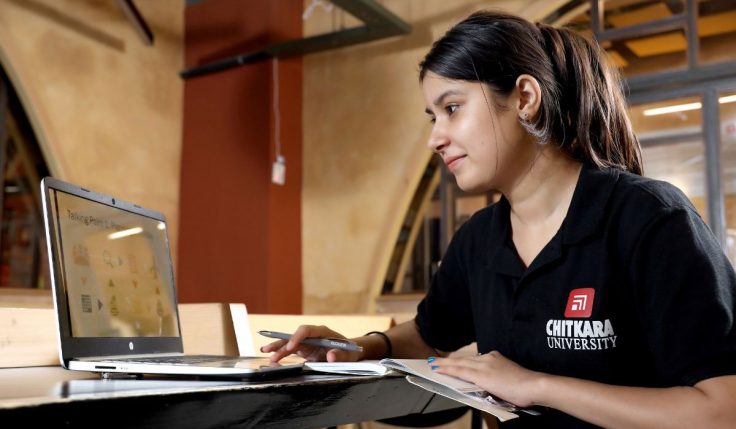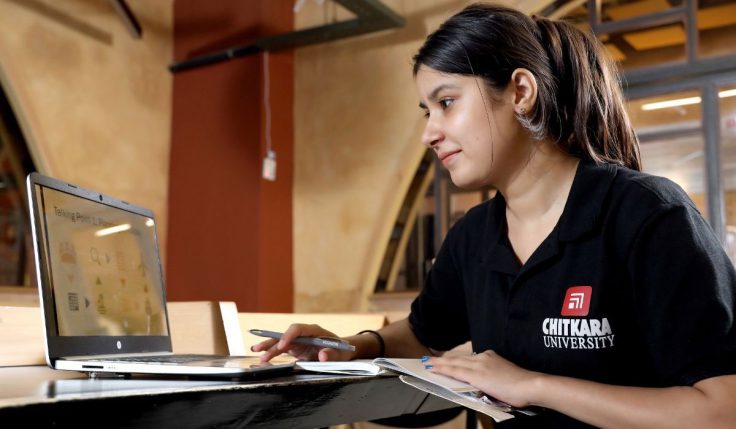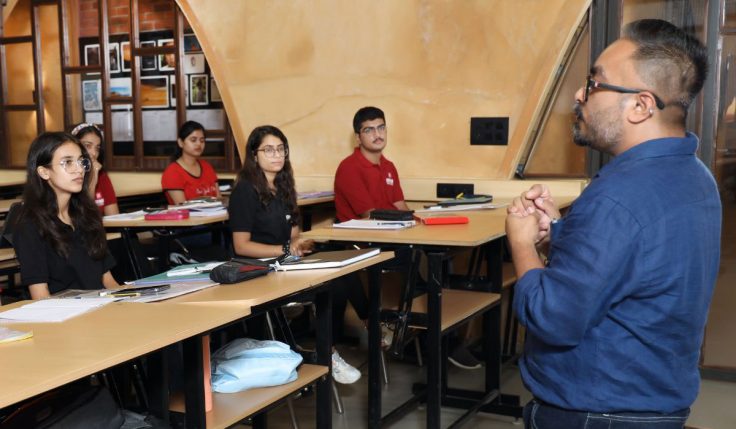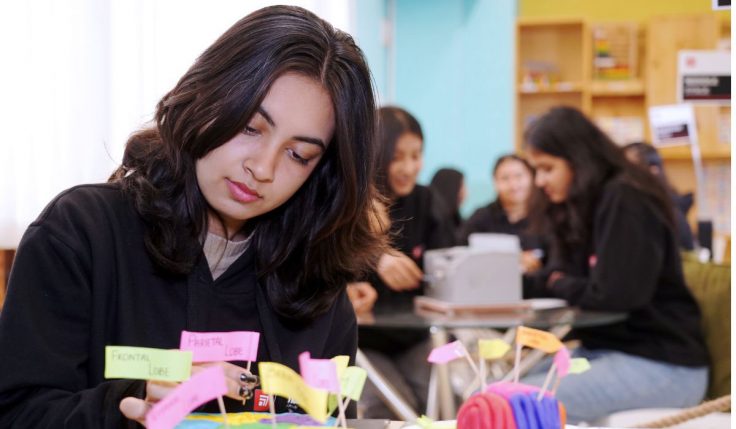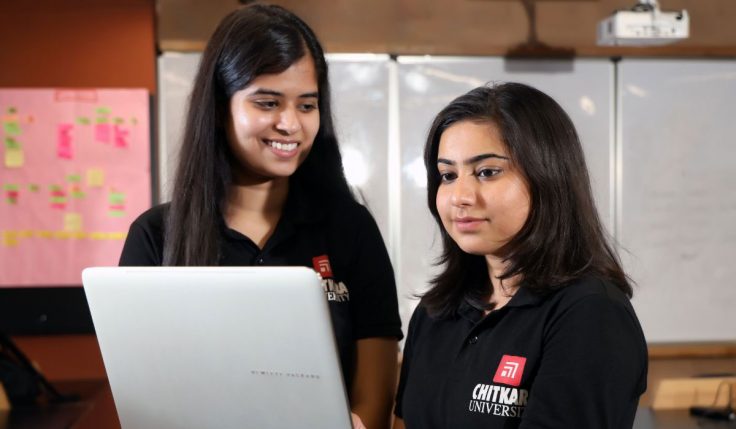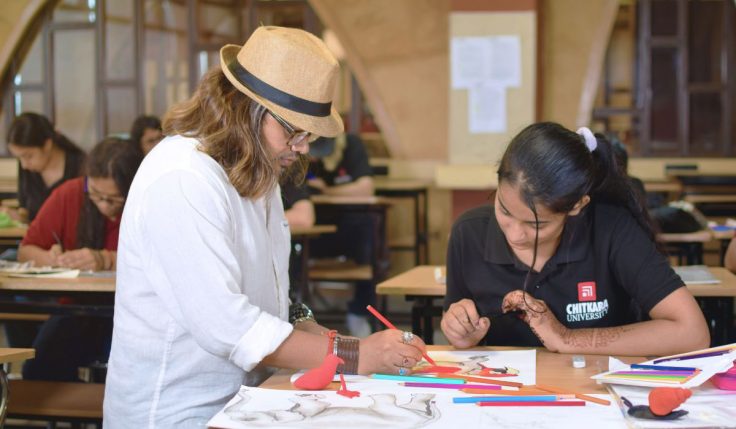Packaging design plays an important role in enabling commerce and trade. The functions of modern-day packaging go way beyond containing, protecting, and preserving products. It is something that contains, protects, and preserves products. It includes functions for communicating, promoting, and transacting products.
Packaging offers many cues for designers to affect consumer perception of the product and influence their behavior. This may look normal today but it has taken many years for packaging design to evolve into something that it is today.
In this blog, we will see the past, present, and future of package design to get a better understanding of packaging.
Past of Packaging Design:
The industrial revolution created a new demand for better products as trade kept flourishing and goods became available to consumers. Since materials were expensive, packaging was limited to luxury goods only.
The period during and after WWI has seen remarkable packaging innovations including moulded glass, cardboard boxes, metal cans, cellophane, etc. This enabled manufacturers to form an identity for selling to consumers.
The Great Depression allowed the rise of supermarket culture and it also changed distribution and consumption patterns across the world. This change in the self-service model called for packaging to assume the role of a silent salesman. Post WWI, consumerism enjoyed conveniences offered by using and throwing materials with the discovery of aluminium, foil, and plastics.
After the rise of digital technologies in the latter half of the 20th century, more businesses scaled rapidly and became global. As there was unprecedented competition, packaging came to be the way of differentiating products on the shelf. Packaging became important to businesses and also an optimal and sustainable solution.
In the past few decades, there have been advances in personal computing and because of these advances, consumer behavior and expectations have changed widely. There is access to information everywhere and at any time as valuable experiences offer a utility or novelty. There has been the origination of digital technologies have continually been tested to bring reforms to the retail experience and packaging design is at the very centre of this.
Future of Packaging Design:
The new technological advances are expected to bring a shift away from mass production leading to innovative and specialized brand packaging for serving specified products and services. The future of packaging design looks something like this.
Reshaping Packaging: While we may recognize the cardboard boxes, bags, and bottles, the future may be reshaping the classics that we have grown up with.
Growing customer demands lead to a growing need for convenience and this calls for innovative and technological advancements that can unlock new doors of opportunities for businesses.
In the future, there will be Dissolve Packaging, Space Saving Packaging, Smart Packaging, Printed Electronics, Nanotechnology, Augmented Reality, etc.
Sustainability: Sustainability in the aspects of packaging and products is already a trend in all industries. Consumers are learning more about eco-friendly shopping experiences which can be further normalized as time goes by.
Eco-friendly options are not so cost-effective but they are on the rise. Customers are expecting a high level of eco-responsibility which is why companies taking up environmental protection.
Sustainability has become a strong focus in package design and the trends include waste reduction, efficient use of box space, low carbon footprint, and recycling.
Rise of E-Commerce: E-commerce shopping is becoming increasingly tailored to consumer brands to accommodate their target market even further through things such as packaging.
Targeted advertising has already been normalized and the customer online behaviour has been too. In the future, we may be looking at a customized experience with e-commerce.
There will be a vast amount of opportunities for the packaging industry to specialize and customize products to a higher degree with the rise of smart packaging and the trends mentioned above.
Manufacturing and Operations 3D Printing: Additive manufacturing technology has captured attention over the past time with its ability to create complex shapes and designs on demand. This would have been unattainable or resource intensive by traditional manufacturing practices.
In the future, 3D printing is promised to raise the bar with print-to-order manufacturing. The packaging prototypes allow 3D printing to offer superior options over present methods and offer more flexibility, efficiency, and cost reduction that can change design and manufacturing.
3D can offer a sustainable path for the packaging industry and with manufacturing, there will be cost-efficiency. The use of 3D printing allows the packaging industry to manufacture at low prices and integrated manufacturing and warehouse facilities will also reduce CO2 emissions.
Role of AR/VR: AR/VR packaging and AR/VR-enabled content facilitate better interactions for users by supplementing the real world with digital content and also offering a new and a unique experience that was not possible previously.
At present, there is considerable hype around AR/VR solutions and the use of techniques in marketing can offer benefits that are twofold. This allows organizations to find the applications of the medium of their business before making other decisions, It also offers PR and marketing hype.
Product visualization is an area where this technology can fit well and where customers can see items before the purchase. This can help in facilitating the purchase of the customers because it also allows them to see the items in a new way.
Conclusion:
With the world moving towards advanced and sustainable methods, packaging manufacturers and consumers are expected to benefit from efforts and revolutionize customer experience, manufacturing, shipping, and environmental protection.
All companies and brands that can anticipate these future trends, adapt to them, and can incorporate them into their packaging strategies will get the benefits and stay ahead. The future trends of package design will benefit companies, especially in the e-commerce world as we see it already.
